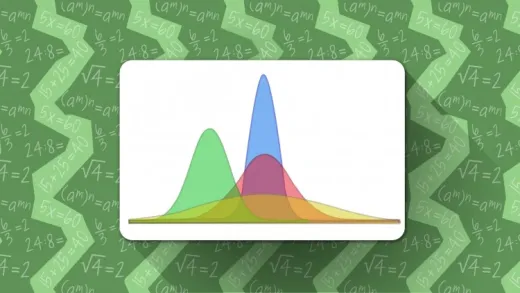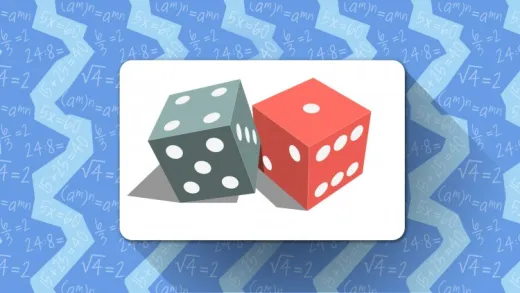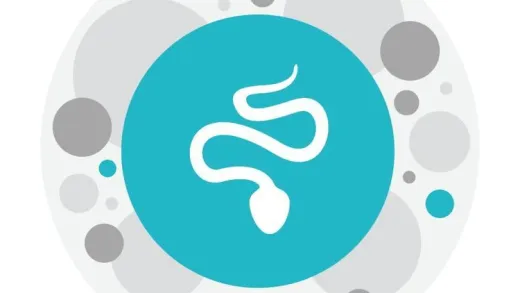About This Course
Parametric and nonparametric hypotheses testing using Python 3 advanced statistical libraries with real world data
While there are many courses in Python, Machine Learning and other Data science related topics, they tend to be covering several topics in a piece-meal fashion and often superficially. In other words, those courses are not laser-focused on a given topic that will provide instant mastery. This course is EXCLUSIVELY about testing parametric and non-parametric Statistical Hypotheses in Python 3.
It is highly recommended for Students, Data scientists, Analysts, Programmers and Statisticians who will be using Python as the main tool for data analysis and therefore need to understand HOW Python 3 powerful scientific libraries can be effectively used to tests hypotheses that they were used to performing using R, SAS, SPSS, Matlab or other tools.
The course has several strengths that should not be ignored.
It is hands-on, uses real world data and focuses on testing statistical hypotheses using Python 3.
It is taught by an Adjunct Professor of Statistics who taught statistics for twelve years
It is taught by a Data Scientist with Statistics background and over twenty years of professional experience.
it is extensive and cover all aspects of testing statistical hypotheses using Python
It uses Jupyter notebook and mark-downs to clearly document the codes and make them professional
The course uses latex to write the statistical hypotheses to help users understand what is being tested/
In this course you will learn how to test various statistical hypotheses using Python 3. The course covers the most relevant tests about the population parameters for one, two and many samples. In addition, the course covers ANOVA (Analysis of Variance) and many non parametric tests. This course is hands-on with real world datasets to help the students understand how to carry on the various tests.
Be able to confidently compute test statistical hypotheses using Python 3
Be able to interpret your tests results and draw conclusions from the data
Leverage Python as a Data scientist tool to solve hypotheses testing problems









Zhengyi S.
It is what I'm looking for to get a quick overview on what tests are available in python. However, it requires a lot of knowledge to figure out what tests should be used and which parameters should I change.